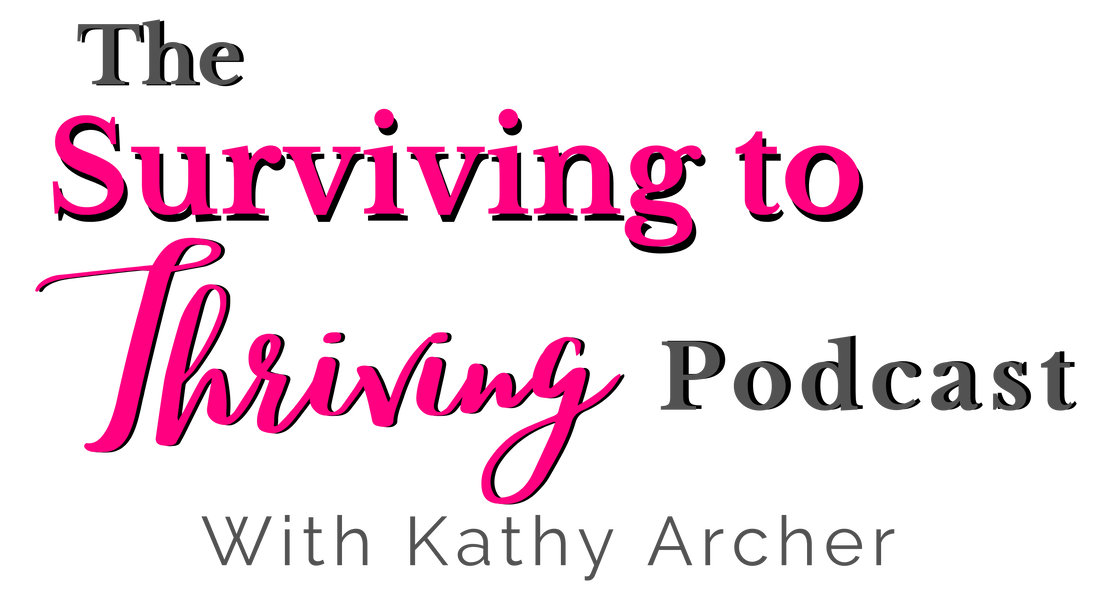|
When I moved from peer to peer manager in my nonprofit, I didn't realize how hard it would be on friendships I'd developed over the past several years. Nor did I realize how hard it would be to create new boundaries as a new leader. But it was!
Women leaders struggle with past friendships. Sarah echoed that sentiment at a recent training I did. She'd moved from peer to team lead less than a year ago and was now needing to address performance issues with her friend, and she was dreading it!
You may be nodding your head right now, knowing full well what these ladies are talking about Even if you made it very many years ago, that transition still gets you in trouble if you have not created new relationship parameters with your friends. But research shows you should have a best friend at work. I want to start this conversation by asking you if you have a best friend at work. Gallup measures your response to that question as of the 12 questions it asks to measure engagement in the workplace. Gallup's research has found that women who strongly agree they have a best friend at work are more than twice as likely to be engaged (63%) compared with the women who say otherwise (29%). In their Women in America: Work and Life Well-Lived report, Gallup found that two-thirds of women say the social aspect of a job is a "major reason" why they work. So let yourself off the hook if you have friendships at work and crave friendships at work. It's normal and even, in my opinion, necessary. The key is those friendships need to be developed with different people as you move into leadership positions. And you need to re-define the relationships you have with friends previously. Friendships are different than being friendly. Rather than define the difference, let's look at synonyms because I think it points it out very clearly. Other words for a friend: chum, crony, confidant. Other words for friendly: kindly, cordial, helpful, receptive If you cringed at the first list, I know you know the difference! Friendships versus friendly examples It may be helpful to look at some examples now. Does going to someone's house after work mean you are friends or just being friendly? That depends. Is it just you, or only a few of the employees? Or is everyone on the team invited openly?
When is having a conversation with someone about a coworker appropriate for a leader/subordinate conversation? That depends. Who's behaviour are you focused on? Coworkers often vent and gossip about others in the workplace to find commonalities, create connections, and share struggles. The conversation between leaders and their subordinates focuses on the subordinate's behaviour with their peers. The leader often coaches them to be their best self.
So how do you move from being friends to creating some boundaries with your friendships? Here are 4 tips 1) Have an open and honest conversation with your friend that the relationship will or has changed. Acknowledging that the relationship has changed will lay the foundation for a stronger trusting relationship in the future. 2) Get clear on how the boundaries change for yourself. For example, Saturday night wine nights may not be an option now. Nor will the conversations about certain people on the team be appropriate anymore. So what is the line that you now need to draw? 3) Begin to state those boundaries overtly as well as model them. When conversations come up that are inappropriate for your newly structured relationships, steer the conversation in a different direction or clearly state that we can't be having these kinds of conversations anymore. 4) Most importantly, become very self-aware. Moving into new leadership positions will activate imposter syndrome, feelings of being not enough, and highlight your weaknesses. Additionally, you'll quickly learn where you lack competence and experience. All of this will trigger you when things are going on around you. It's often here where you revert to old ways with old friends. Instead, it's time to both build your self-confidence and your self-awareness. It's also vitally important now to create new friendships at new levels. Find others outside of the organization and build new relationships with them. Try to connect with peers at other organizations. You may also connect with peer students in leadership training sessions. Finally, find a trusted mentor or coach to work through challenges with who will hold confidentiality for you. Realigning relationships will help to strengthen relationships with everyone on the team. So rather than having special bonds with certain people and other people seeing favouritism, you'll be creating friendly relationships with everyone. One of the biggest challenges I hear from women I work with is that leadership is lonely. When you join The Training Library, you become part of a community of like-minded women growing their leadership! Learn more here.
2 Comments
26/10/2023 03:21:32 am
Managing friendships can occasionally be difficult, especially with a nonprofit team in mind. What methods do you suggest for settling disputes and preserving wholesome, enduring friendships?
Reply
Your comment will be posted after it is approved.
Leave a Reply. |

Available on Amazon
Archives
March 2024
|
|
Leadership TRAINING for Nonprofit Leaders
Become a confident and competent nonprofit Leader: Join The Training Library membership Executive and Leadership COACHING Leadership Coaching for Nonprofit Executives, Leaders and ManagerCoaching |
PODCAST for Nonprofit Leaders
The Surviving to Thriving podcast: Strategies, systems and support to lead your nonprofit with confidence FREE RESOURCES to Grow your Leadership Skills Free Leadership Training Resources, Worksheets and Templates |
Become a CONFIDENT LEADER
|




 RSS Feed
RSS Feed
